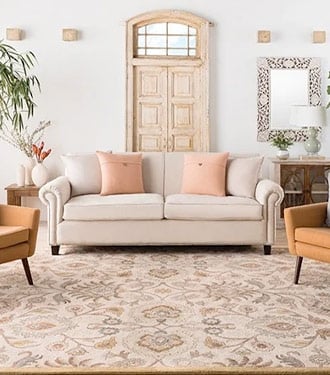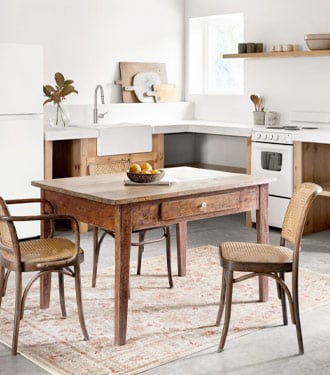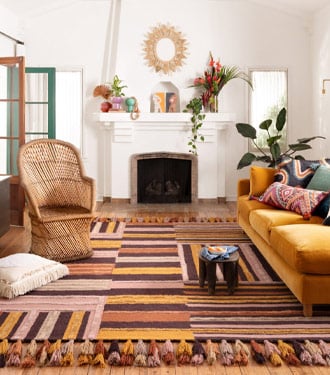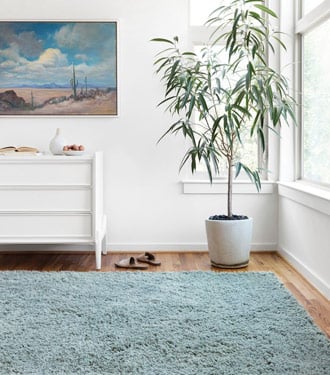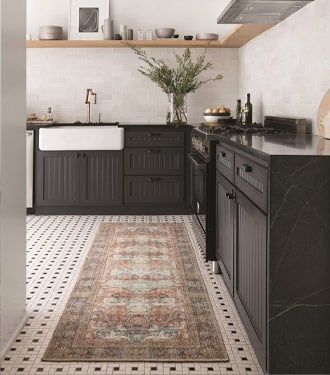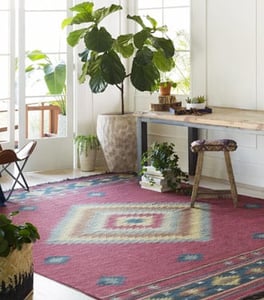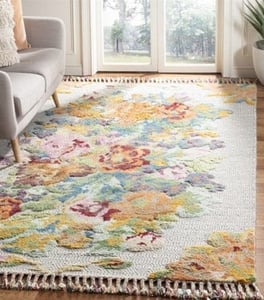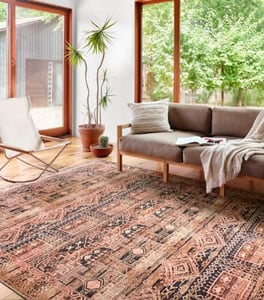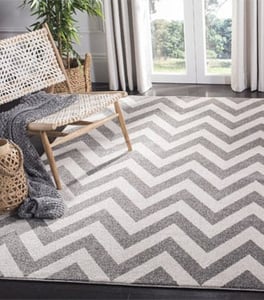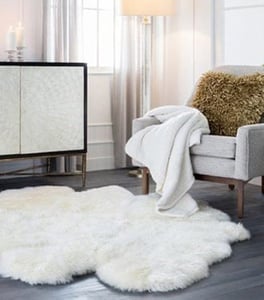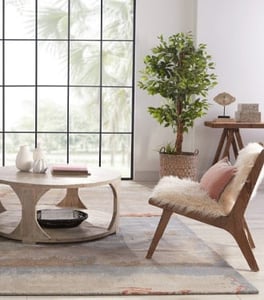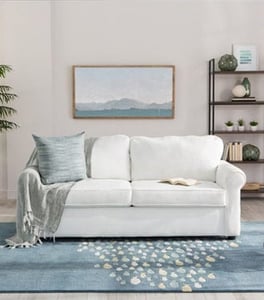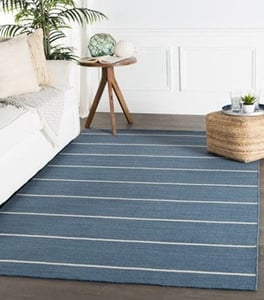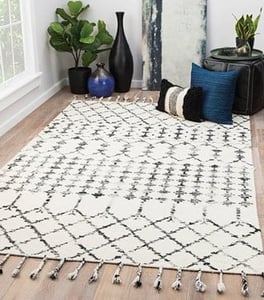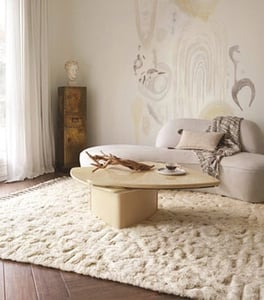HOW TO SHOP FOR A RUG

A rug will provide beauty and interest in a room by defining the overall design and unifying the space as an anchor for furnishings. Determining the following factors will help to narrow your search for the perfect area rug.
- Size and shape is often the best place to start since they will remain the same regardless of style and color.
- Determine the style, whether that's traditional, transitional or modern.
- Consider the range of colors that will work in the space.
- Decide if you will be decorating to match the rug, or if you want the rug to match the existing décor.
- Although it's important to have a budget, don't let cost alone dictate the rug you choose. Look at other important factors like construction and material to help guide you to make the best decision for your space.
SHOULD ALL THE RUGS IN A HOUSE MATCH?
No. If you have multiple rugs in your house, they do not all need to match. Think of rugs like fine art in that you want a variety throughout your home. If multiple rugs are visible from one spot in your house, though, the colors should complement each other.
CAN A RUG BE TOO BIG?
Yes. Picking rug sizes is a lot like the story of Goldilocks because you want it to be just right. A rug that is too large can overpower the room, making it feel cramped and small. As a rule, keep a bare minimum of 30-60 Cm between the edges of the rug and your walls.
DOES A RUG MAKE A ROOM LOOK SMALLER?
Not if you pick the right size. If your rug is too large, it can make your room feel smaller. But if you choose the correct dimensions, a rug can make your room look bigger.
HOW DO YOU DETERMINE THE SIZE OF A RUG?
Measure your room carefully and use a placement guide to determine the size of rug you need. Ideal sizes change from room to room and with different furniture layouts. But a good rule of thumb is to keep a minimum of 30-60 Cm between the edges of the rug and your walls.
CONSTRUCTION
There are several construction techniques used to create area rugs. Although many manufacturers today use high-speed, accurate machine looms, a great many popular styles are still carefully made by the hands of talented and highly experienced craftspeople.
HAND-KNOTTED
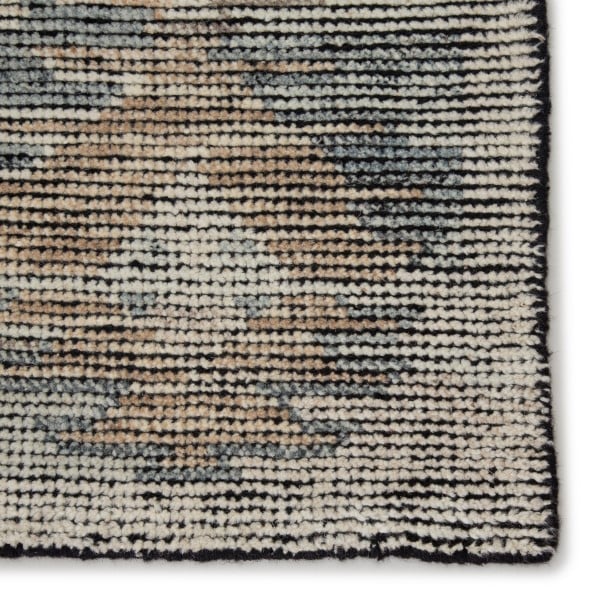
The base for a hand-knotted rug is created when columns of yarns, called the warps, are run vertically on a loom. Tufts of wool are then tied around these warp yarns from side to side to create knots. The ends of these knots become the pile of the rug. Once a row has been completed, yarns called the wefts are threaded horizontally through the warp yarns to tighten the knots and build the foundation.
HAND-TUFTED
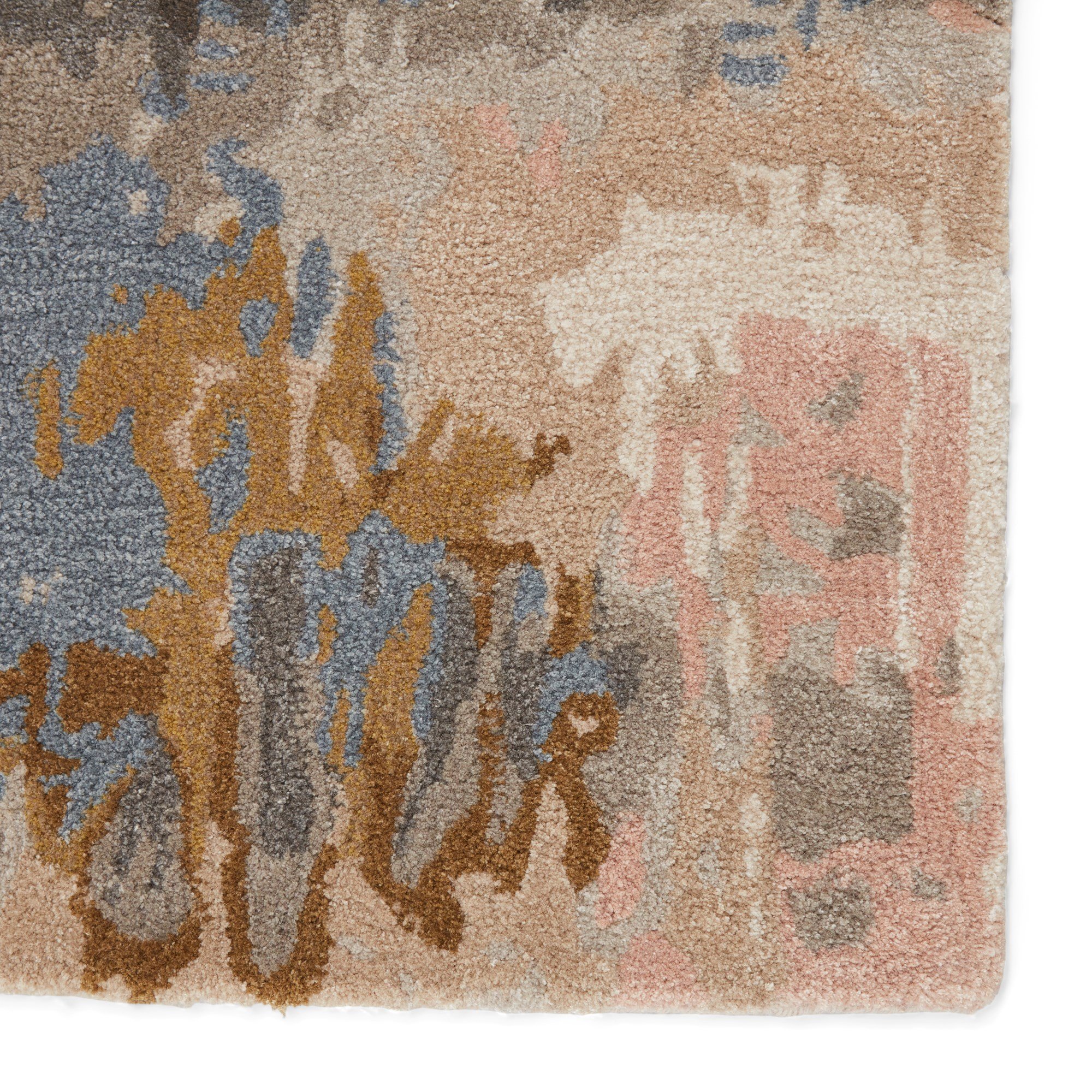
Tufted rugs and loop-hooked rugs are created by pushing yarns into a fabric base. The back of the rug is then glued to keep the tufts in place. The difference between a tufted and hooked rug is in the pile on the face of the rug. For tufted rugs, the surface pile is cut to produce a dense, plush pile. For hooked rugs, the yarns are left uncut to retain their rounded or looped appearance.
HAND-HOOKED
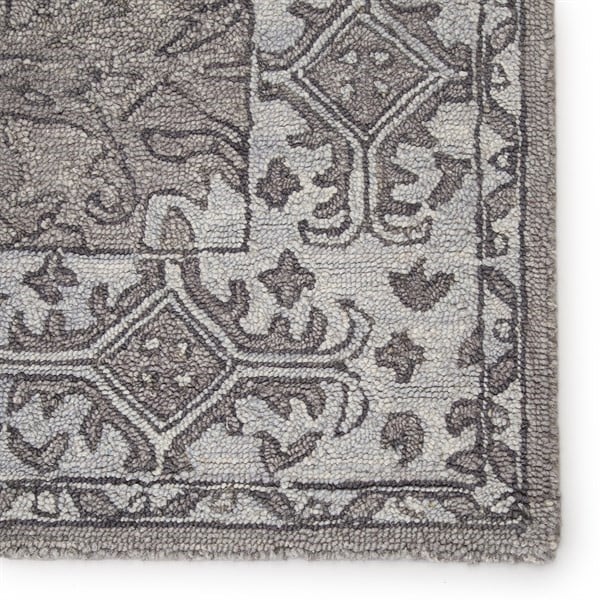
Hand-hooked rugs are made by tufting loops of yarn or fabric through a woven base such as linen or burlap which has been stretched over a frame. The rug design is printed on the base farbic and the loops of yarn are pushed through the fabric. You can distinguish a hand-hooked rug by looking at the backside of the rug. A canvas backing is applied to hooked rugs with an adhesive to hold the yarns together.
FLAT-WOVEN
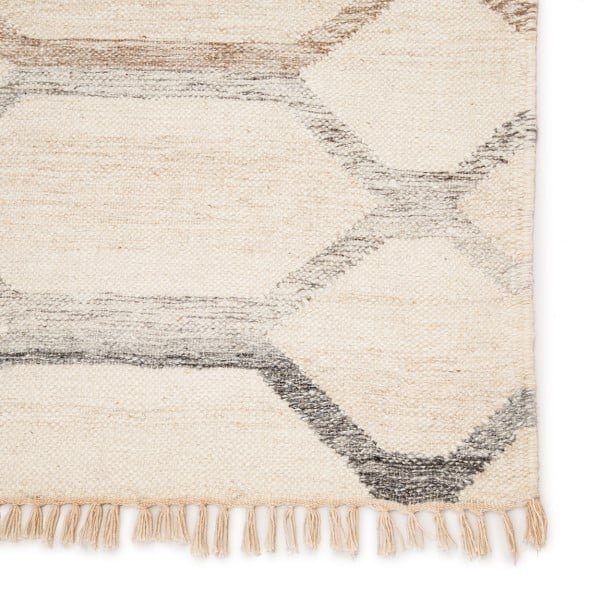
Flat-woven rugs (sometimes referred to as flat-weaves) can be constructed in a number of ways. In general, the yarn is tightly woven along a foundation structure of warp yarns. As a result, the yarn is flat and without knots, covering both the top and bottom of the rug, making most flat-woven rugs reversible. Traditional Persian kilim rugs are the best known flat-woven rug variety. Kilims can be strictly decorative or can be used as prayer rugs. In recent years they have become popular as floor accents in Western households.
BRAIDED
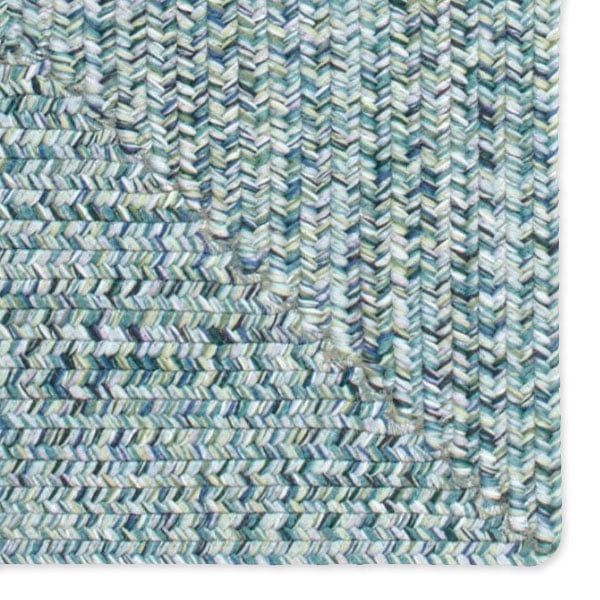
Braided rugs were almost universal in early, Colonial American homes. They are constructed in a variety of ways including a banded braid construction, cloth braid construction, flat braid construction and yarn braid construction. Braided luxury rugs are usually made of 100% wool and offer an appealing, thick look. A unique feature of most braided rugs is that they are reversible. By periodically flipping a braided luxury rug over, you can effectively double the longevity of the rug.
POWER-LOOMED
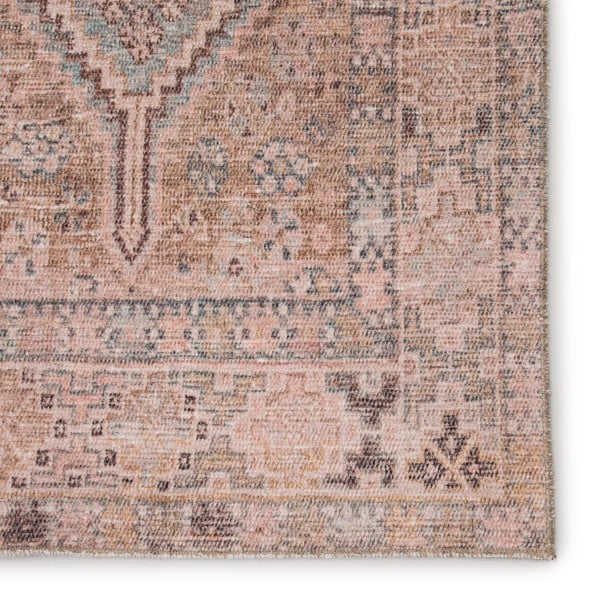
Typically made of synthetic fibers like polyester or polypropylene, power-loomed rugs are machine-made on large electrically powered looms. The machine is computer driven and runs continuously to maximize efficiency which makes this one of the more cost-effective rug constructions.
MATERIAL
Natural Fibers
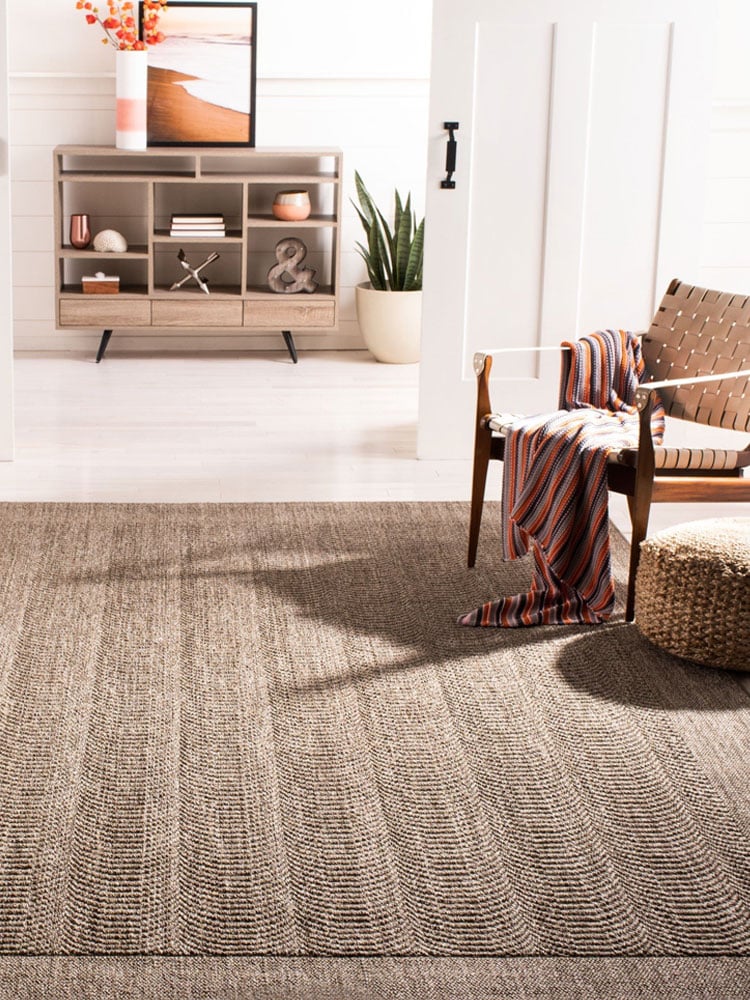
SISAL
Sisal rugs are made from natural plant fibers taken from the agave plant. These durable natural fiber rugs are ideal for high-traffic areas like hallways and living rooms.
WHY WE LOVE SISAL: Extra durable. Versatile and great for layering.
THINGS TO CONSIDER: Sisal is among the more coarse natural fibers. Keep out of high humidity or stain ridden areas as stains can be hard to remove.
BEST FOR:High traffic areas
SHOP SISAL RUGS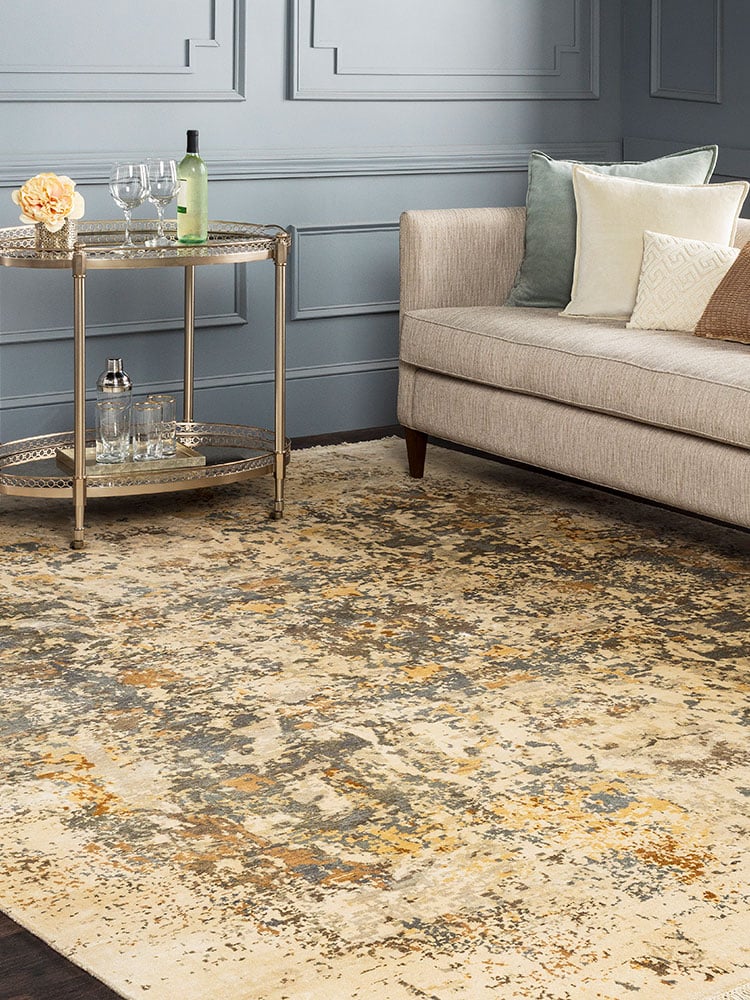
SILK
Silk rugs are made from silk fiber spun by silkworms and are highly desired because of their natural shimmer, rich color, and beautiful designs.
WHY WE LOVE SILK:Luxurious, soft, long-lasting.
THINGS TO CONSIDER:Although silk fibers are strong, they are delicate and wouldn’t hold up well in high traffic areas.
BEST FOR:Bedrooms or low-traffic areas
SHOP SILK RUGS
WOOL
Wool is prized for it's decadent texture, natural durability and the beautiful patina it gains over time.
WHY WE LOVE WOOL: Luxurious and durable. Naturally resilient and stain-resistant. Provides excellent insulation.
THINGS TO CONSIDER: Wool can shed but will lessen over time with proper care. Shouldn't be used in high-humidity areas.
BEST FOR:Living room, bedroom, office, entryway
SHOP WOOL RUGS
COTTON
Cotton is one of the most common and affordable natural fibers used in rug making.
WHY WE LOVE COTTON: Natural and soft. Lightweight and easy to clean.
THINGS TO CONSIDER: Cotton may fade quickly and doesn't repel stains easily.
BEST FOR:Entryway, kitchen, office, bedroom, living room
SHOP COTTON RUGSJUTE
Looking for a simple, neutral style chameleon that's beloved by fancy decorators and beach bums alike? A jute area rug could be just the right pick for you.
WHY WE LOVE JUTE: Soft yet strong. Rich in texture, great for layering.
THINGS TO CONSIDER: Avoid placing this rug in high humidity areas as water can damage the fibers.
BEST FOR:Living room, entryway, hallway, dining room, kitchen.
SHOP JUTE RUGSSynthetic Fibers

POLYESTER
Polyester is a synthetic material that is affordable and great for a variety of purposes due to its durability and softness.
WHY WE LOVE POLYESTER: Affordable. Easy to clean and maintain. Soft.
THINGS TO CONSIDER: Slightly less durable to its polypropylene counterpart. Keep away from intense heat as polyester is flammable.
BEST FOR:High traffic areas, kids rooms, dining rooms, entryways
SHOP POLYESTER RUGS
VISCOSE
Viscose is known for it's silky softness and shimmer. Often referred to as faux silk, viscose is an affordable substitute to the real thing.
WHY WE LOVE VISCOSE: Luxurious and soft underfoot. Affordable.
THINGS TO CONSIDER: While beautiful, viscose is delicate and can be prone to shedding.
BEST FOR:Bedroom, living room, low traffic areas
SHOP VISCOSE RUGS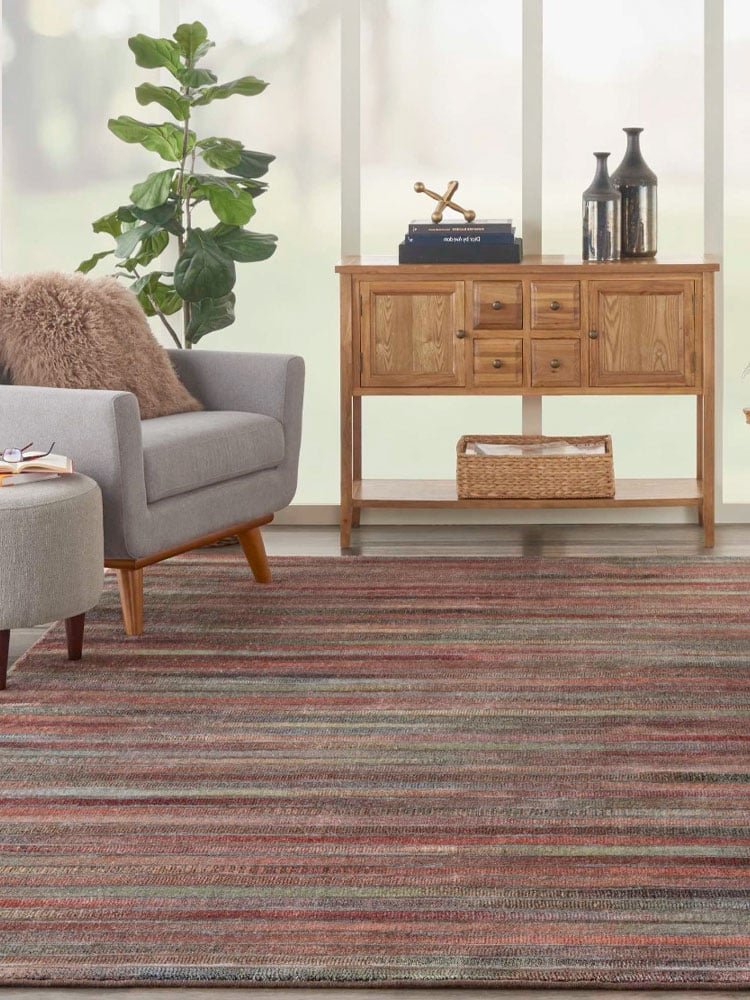
ACRYLIC
Similar to wool, Acrylic rugs offer softness and durability but at a lower pricepoint.
WHY WE LOVE ACRYLIC: Moderately priced. Durable and soft.
THINGS TO CONSIDER: While affordable, acrylic isn't as longlasting as wool.
BEST FOR:Living room, bedroom, dining room, kitchen, high traffic areas
SHOP ACRYLIC RUGS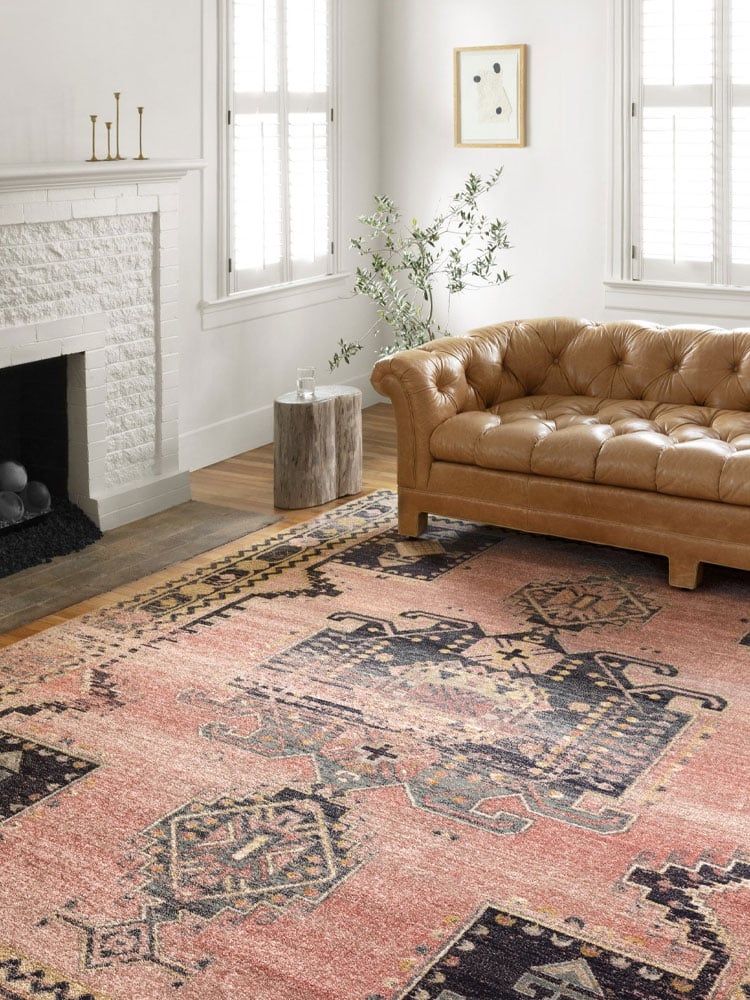
POLYPROPYLENE
Polypropylene is an affordable alternative to more expensive materials like wool. It is stain-resistant, easy to clean, water-resistant and incredibly durable.
WHY WE LOVE POLYPROPYLENE: Affordable, kid + pet friendly, easy to clean and incredibly durable.
THINGS TO CONSIDER: Because of their synthetic material, they can be flammable so keep them away from high heat like fireplaces.
BEST FOR:High traffic areas, outdoor spaces, kids rooms
SHOP POLYPROPYLENE RUGS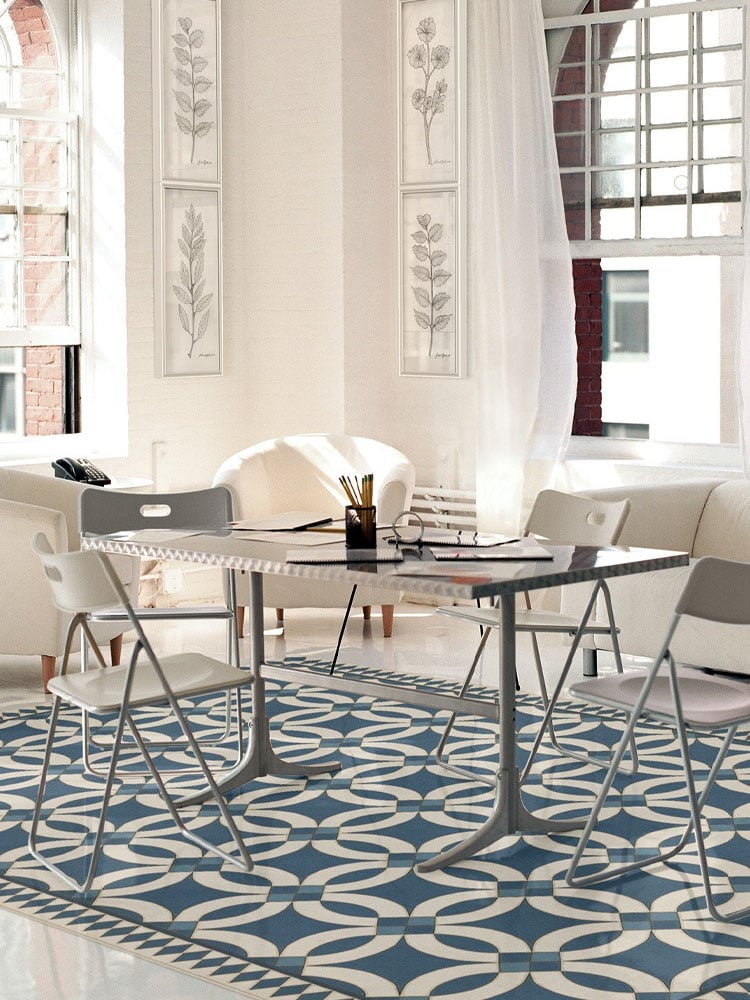
VINYL
Vinyl rugs are a great alternative to a traditional area rug and come in a variety of different styles and shapes.
WHY WE LOVE VINYL: Extra durable, easy to clean, non-slip, flat and are great for high traffic areas.
THINGS TO CONSIDER: Not the best choice if you're looking for something soft underfoot but perfect for high traffic areas.
BEST FOR:Kitchens, entryways, mudrooms, hallways and offices.
SHOP VINYL RUGSSELECTING THE RIGHT SIZE BY ROOM
Finding the right size rug for a room can feel complicated -- but it doesn't have to be! With some simple guidelines, we have the answers to all of your rug size questions.
ENTRYWAY
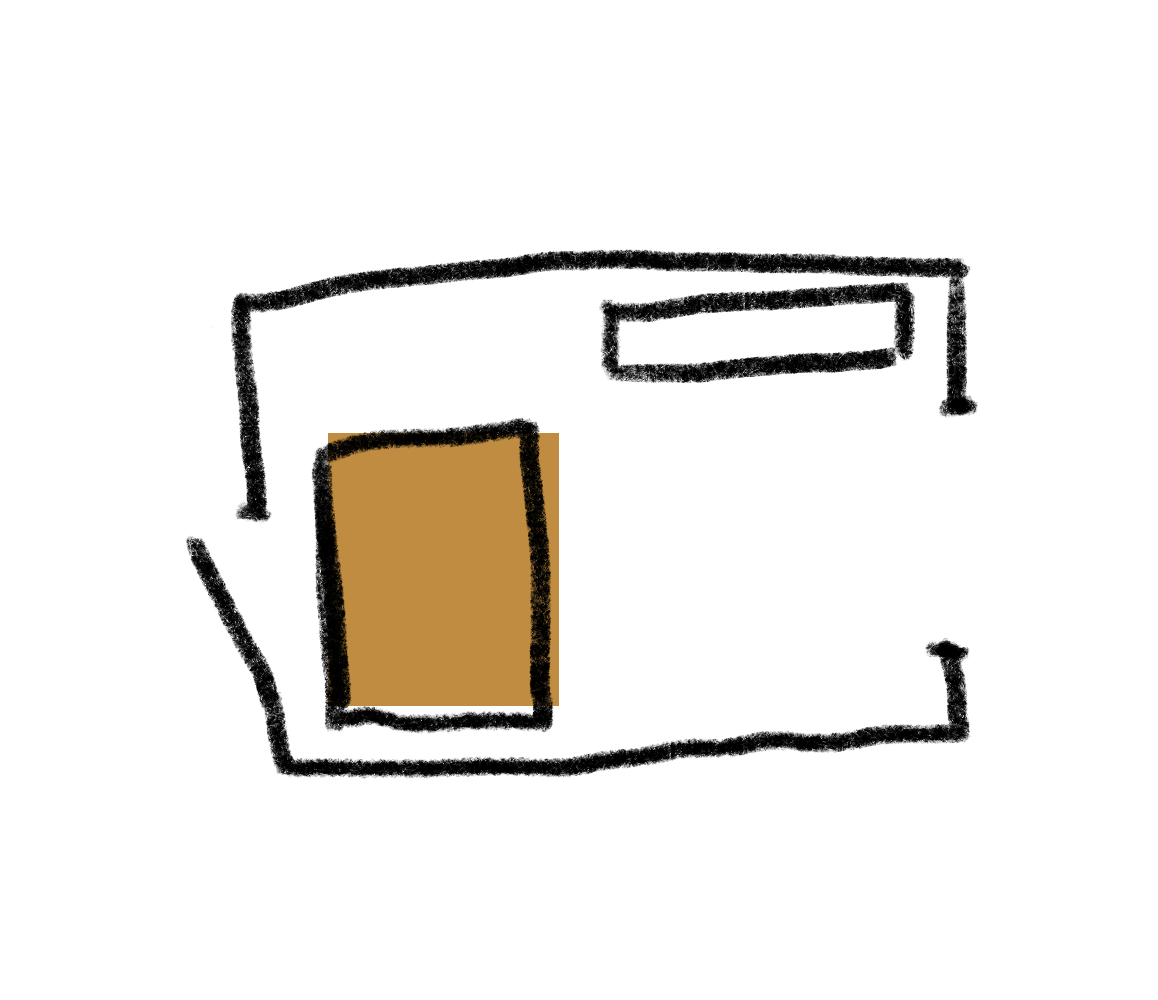
Make a great first impression with the perfectly sized entryway rug. Whether your foyer is small, narrow, or large, we have the perfect entryway rug size for you.
STANDARD SIZES
Runner 80x150Cm |80x300Cm |80x400Cm |80x500Cm
LIVING ROOM
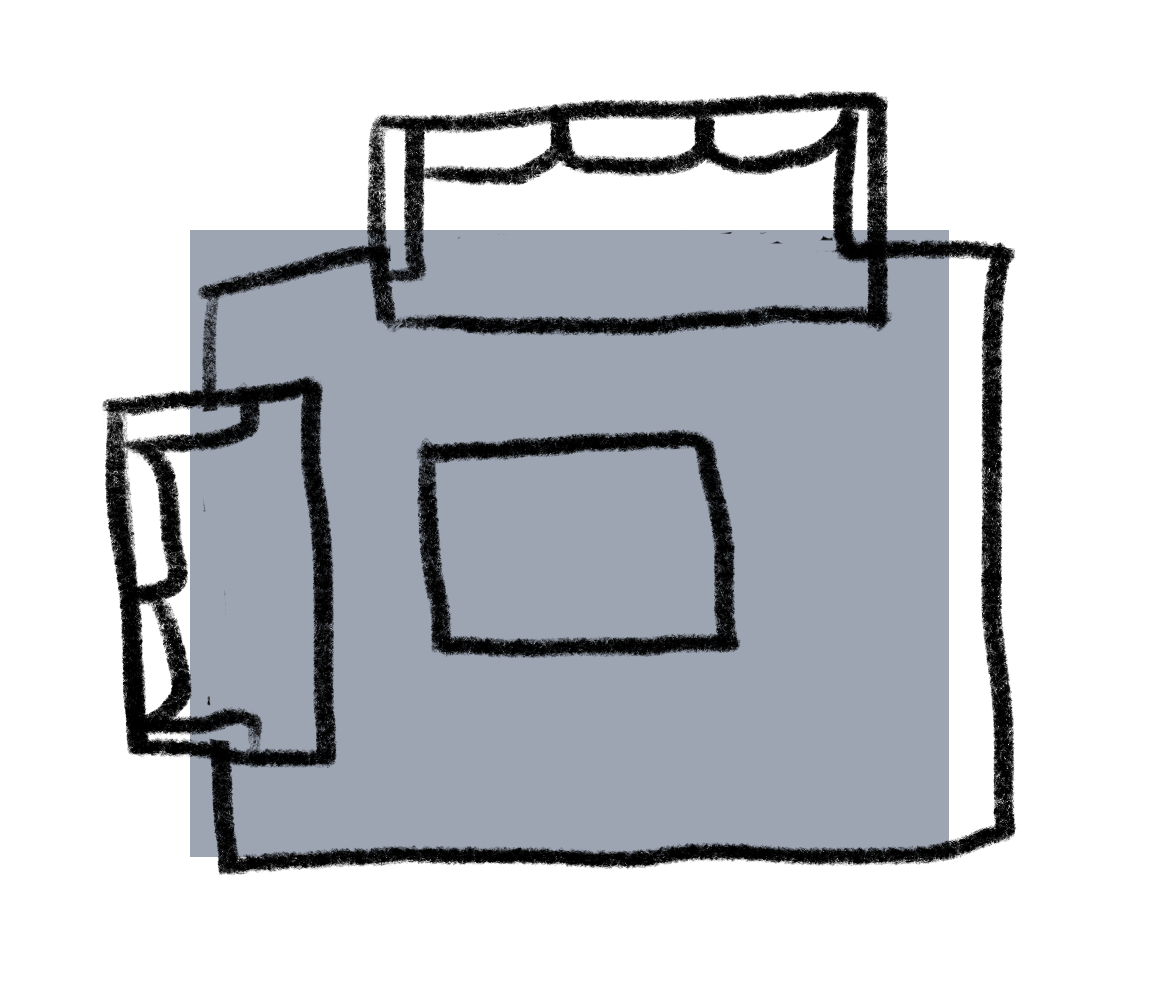
Rugs make your living room seating areas inviting and help create visual flow in the room. It's notoriously difficult to choose the best size of living room rug, but we've got you covered.
STANDARD SIZES:
230x160cm | 290x200cm | 330x240cm | 400x300cm
KITCHEN
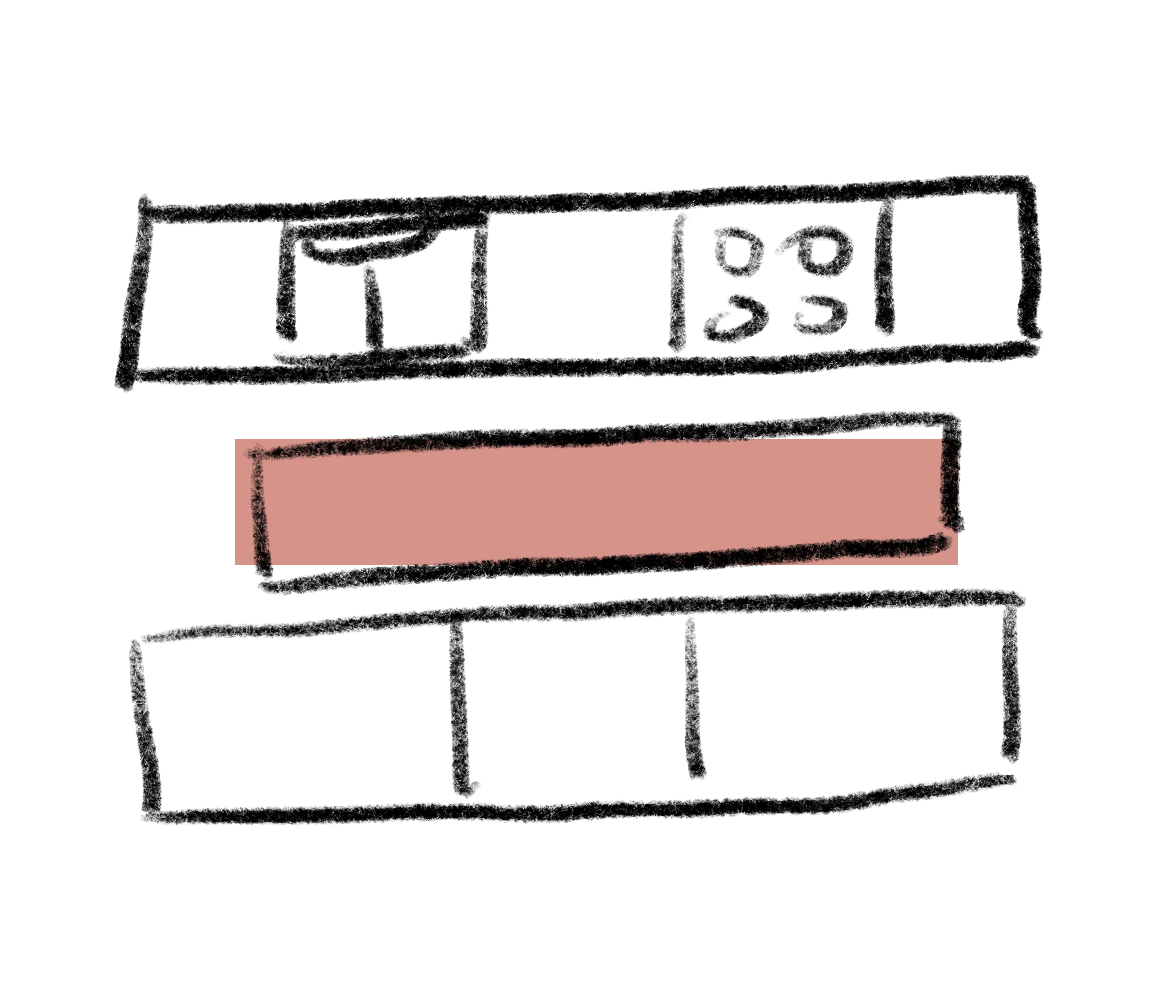
Kitchen rugs can save your floors and your joints while adding much-needed style. Picking the right rug(s) hinges on the layout of your kitchen. Be sure to look for a material that can handle cleaning and moisture.
STANDARD SIZES
2x6 runner | 2x3 | 3x5 | 5x8
DINING ROOM
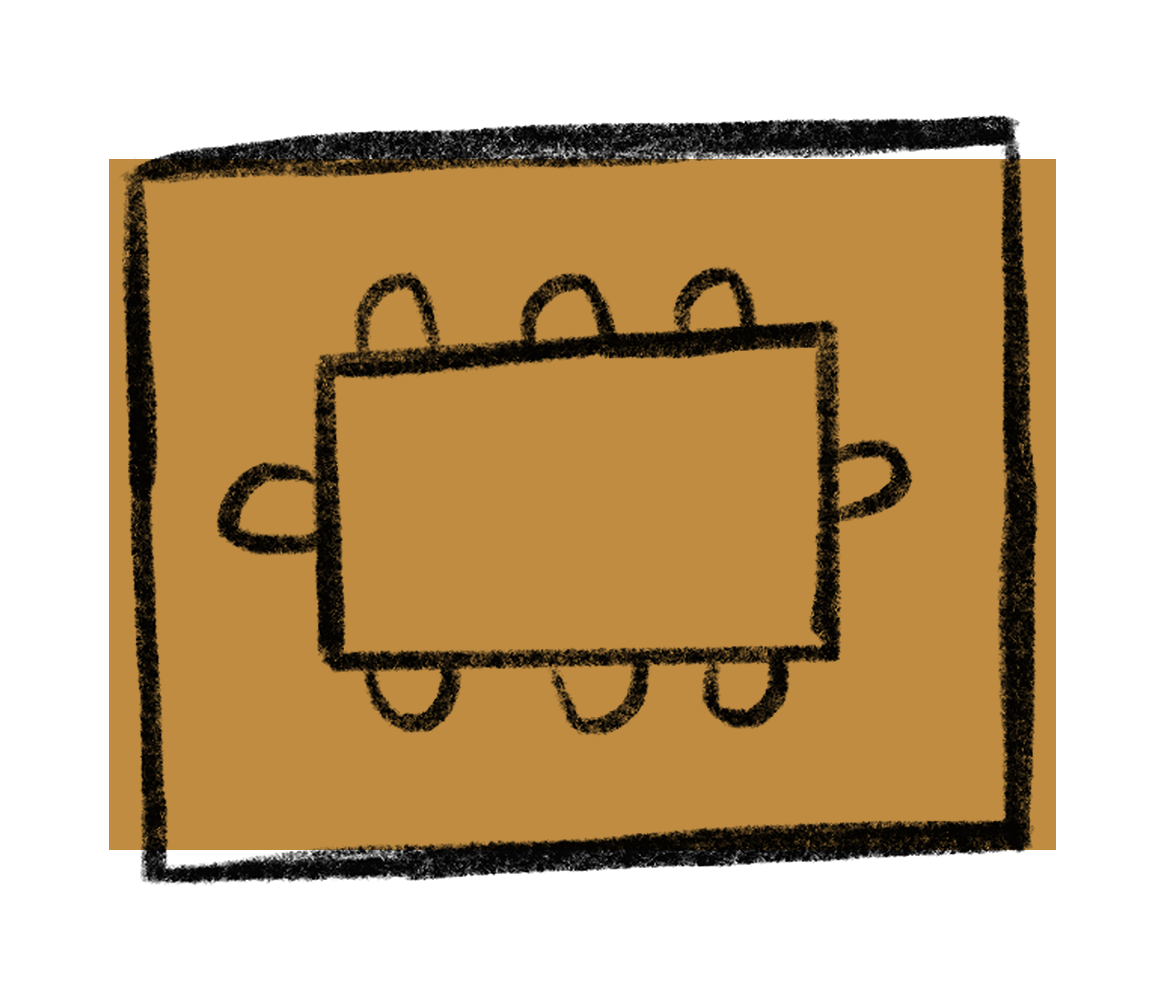
A well-chosen rug can bring color, style, texture and definition to your dining room. No matter the size of your table, make sure your rug extends atleast 24 inches on all sides to make sure your chairs have enough room to scoot out.
STANDARD SIZES
6x6 round or square | 8x10 | 9x12
BEDROOM

Give your feet a place to land every morning with a cozy bedroom rug. From twin beds in the kiddos room to a king in the master suite, we have rug sizing tips for any bedroom layout.
STANDARD SIZES
5x8 (twin) | 8x10 (queen) | 9x12 (king)
OFFICE

Get the job done in style with office rugs. Whether you have a small space for a desk or a whole room dedicated to your workspace, we have the office rug for your needs.
STANDARD SIZES
5x8 | 6x9 | 8x10
BATHROOM
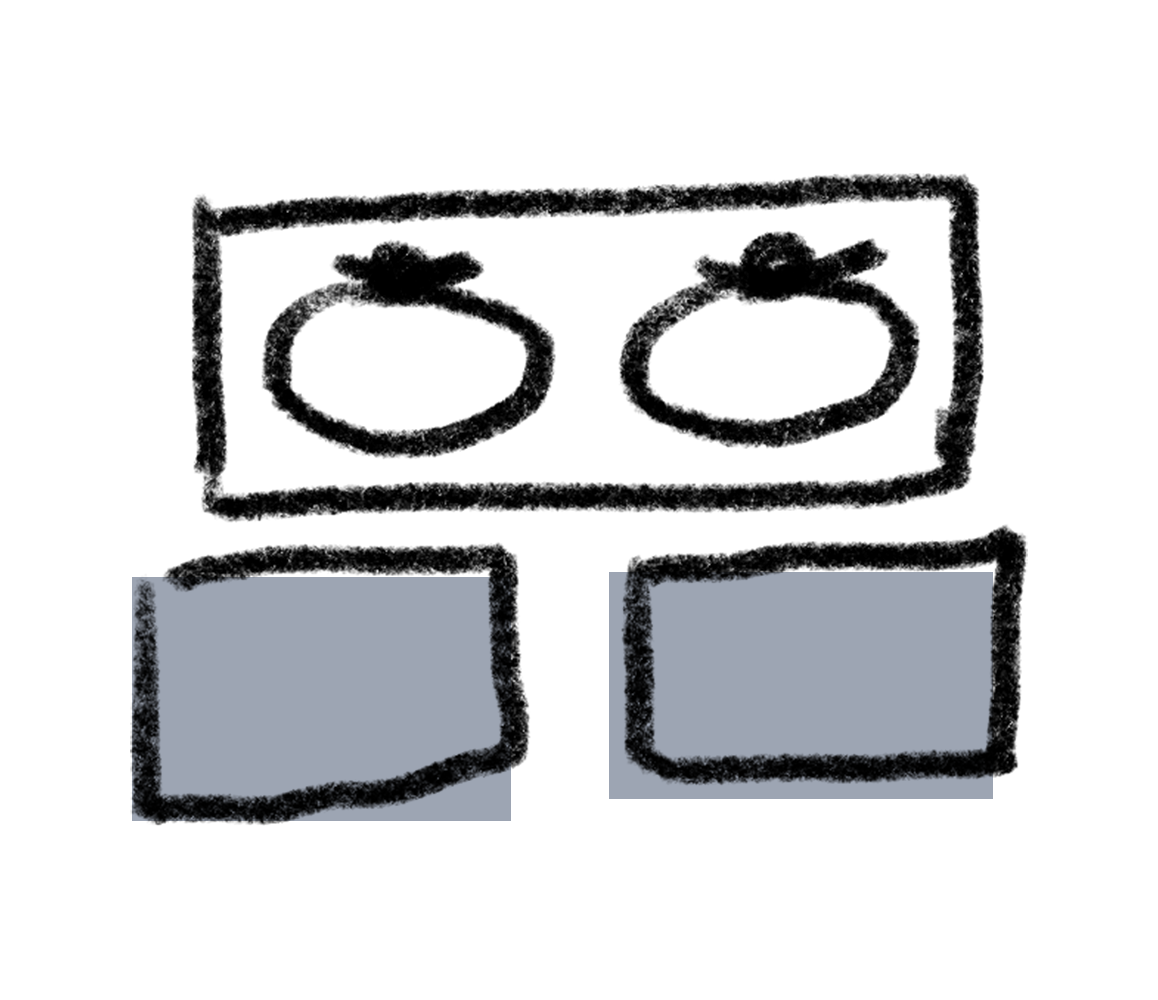
Create a spa-like space with a soft and luxurious bathroom rug. Depending on your room size and layout, the bathroom has a plethora of rugs to choose from.
STANDARD SIZES
2x6 runner | 2x3 | 3x5 | 5x8
OUTDOOR
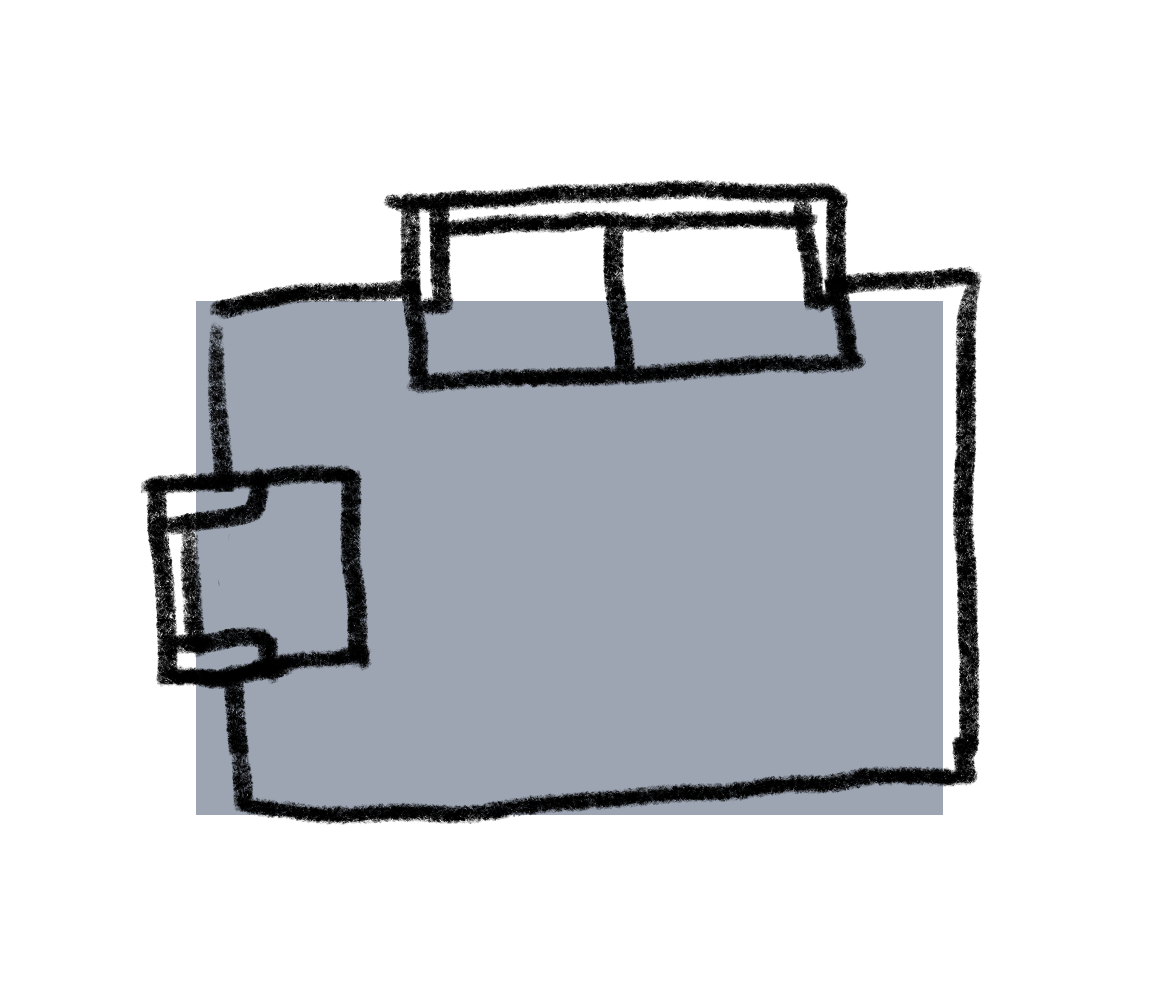
Bring the indoors out with a colorful and soft outdoor rug. From keeping dirt and debris from going inside with a small mat to providing color and softness underfoot under a large dining room table,
STANDARD SIZES
5x8 | 8x10 | 9x12
STYLES
From traditional to modern, and everything in between, we have the perfect rug style for any space.
OTHER POPULAR STYLES
RUG CLEANING & CARE
To keep your rug looking its best for years to come, it will require a little cleaning and maintenance. For the best tips on how to keep your rug looking as beautiful the day you purchased it, visit our How to Clean a Rug guide.
LEARN MORE ABOUT RUG CARERug Pads
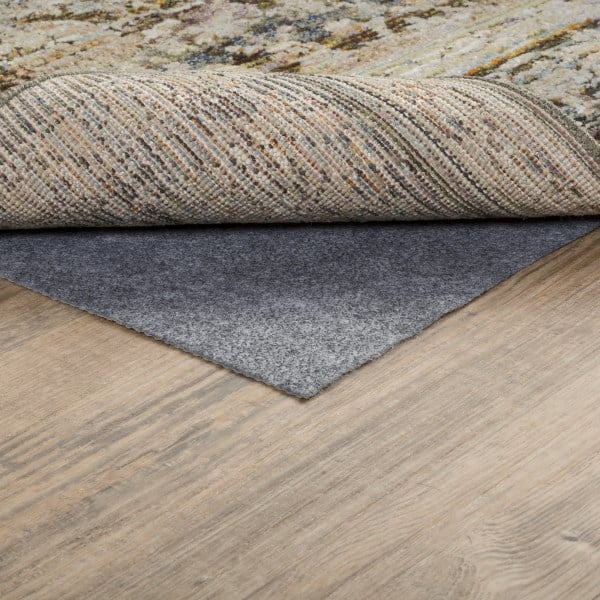
Intended for interior use only.
- This is the to-go choice for added cushion and to secure the rug firmly in place
- Reversible for use on carpet
- Optimal for use on tile and uneven surfaces, including wood, laminate, vinyl and marble
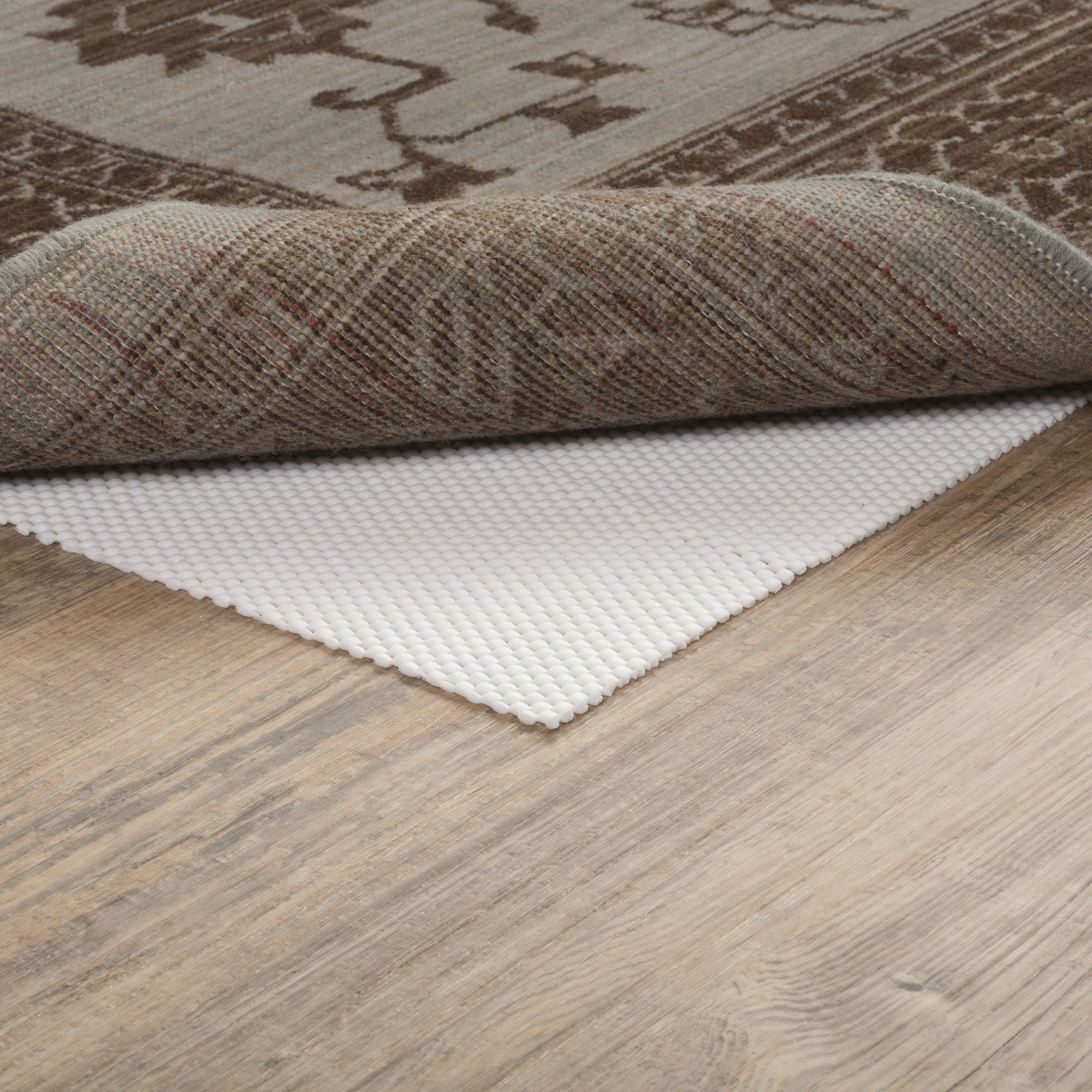
Intended for interior exterior use .
- SUPA GRIP is a reversible rug pad that may be used over Wood or Tiled floors
- Ideal for securing your rug safely in place to prevent slipping, especially on hard surface floors
- Recommended for rugs of all sizes, especially runners and smaller rugs
Now that you have all of the tools for how to choose the perfect rug for your space, you're ready to shop!
Decide what attributes are the most important to you, whether that's size, color, style, material, or construction, to start narrowing down your choices.
START SHOPPING
